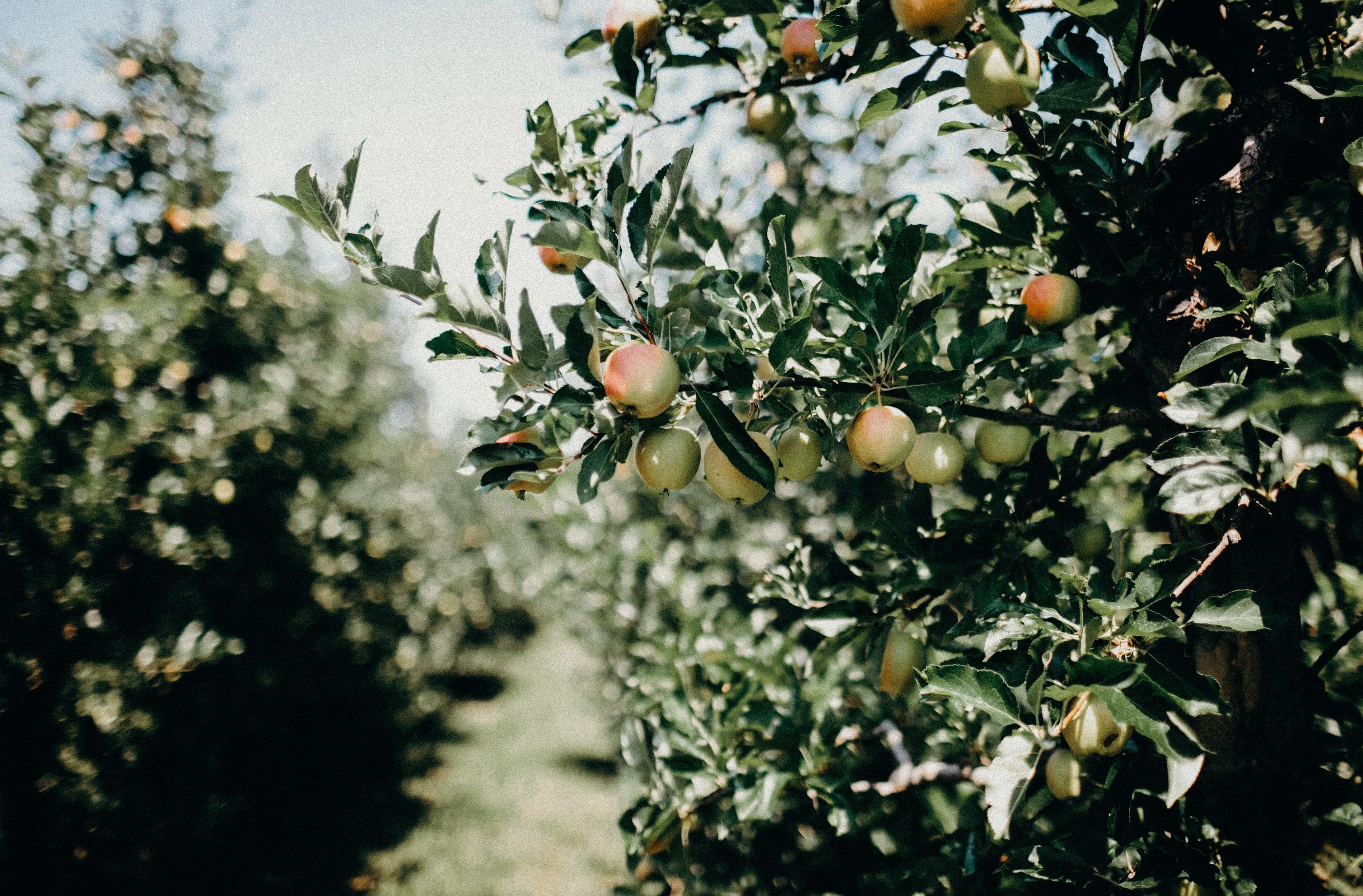Agroforestry/Forest Gardens

Agroforestry is a land use management system in which trees or shrubs are grown around or among crops or pastureland, which can also be referred to as forest gardens. These techniques can be utilized to create a more diverse array of forest crops including fruit and nut trees, berries and understory species like ginseng, wild leeks, and other medicinal plants. These areas can be design for non-forested areas such as old fields, lawns, or recently cleared land. They can also be incorporated into some forest management plans. Growing a diverse, multilayered forest garden can often improve biodiversity, provide a mixture of crops and benefit some bird and wildlife species. Perennial gardens, which have crops that produce every year without re-planting, can also benefit soil by reducing erosion, eliminating tilling, and store more soil carbon over the long term. In a shade canopy, additional forest crops such as edible mushrooms can also be grown, yielding more value and food per acre.
Proper design of forest gardens includes a thorough site analysis looking at water sources, soil type, topography and slope, existing vegetation and habitats, and many other ecosystem components. It is also important to model how each species will interact with each other and the surrounding environment, and to anticipate how pests and diseases will be mitigated through healthy soil structure, proper species selection, and integrated pest management techniques. Having a thorough plan in place can help facilitate a beautiful, bountiful, and diverse forest garden for generations.